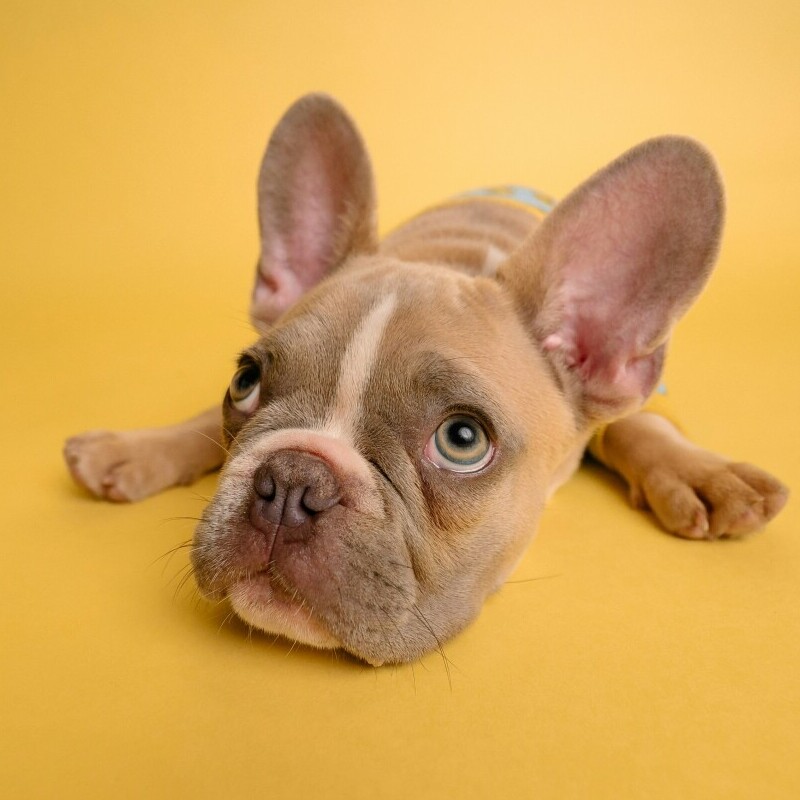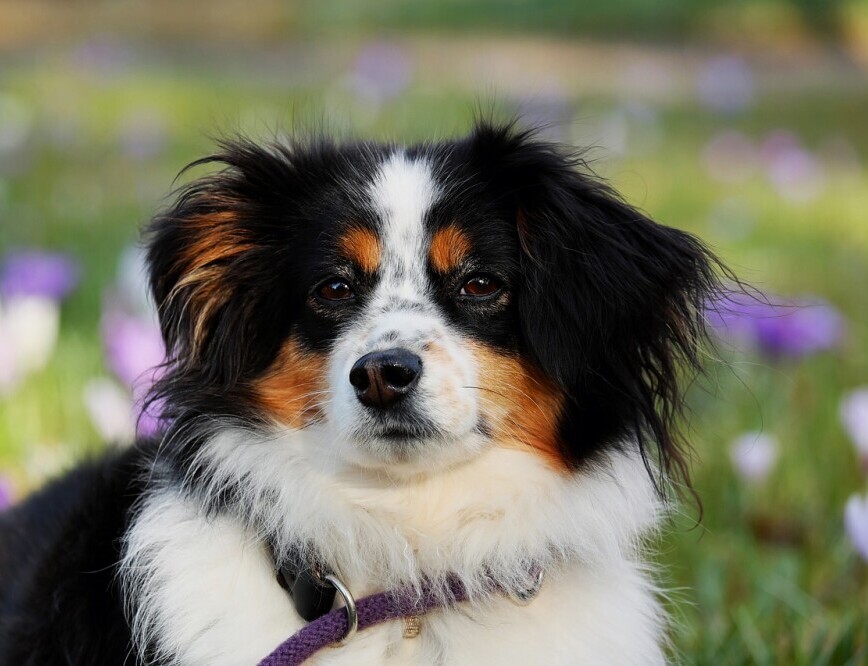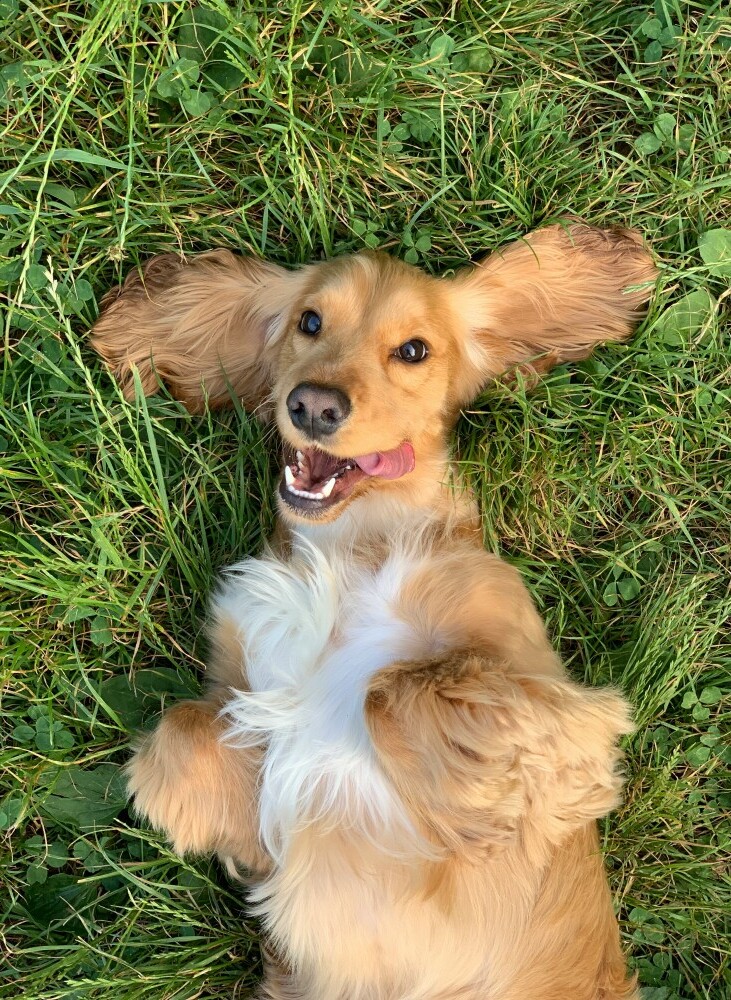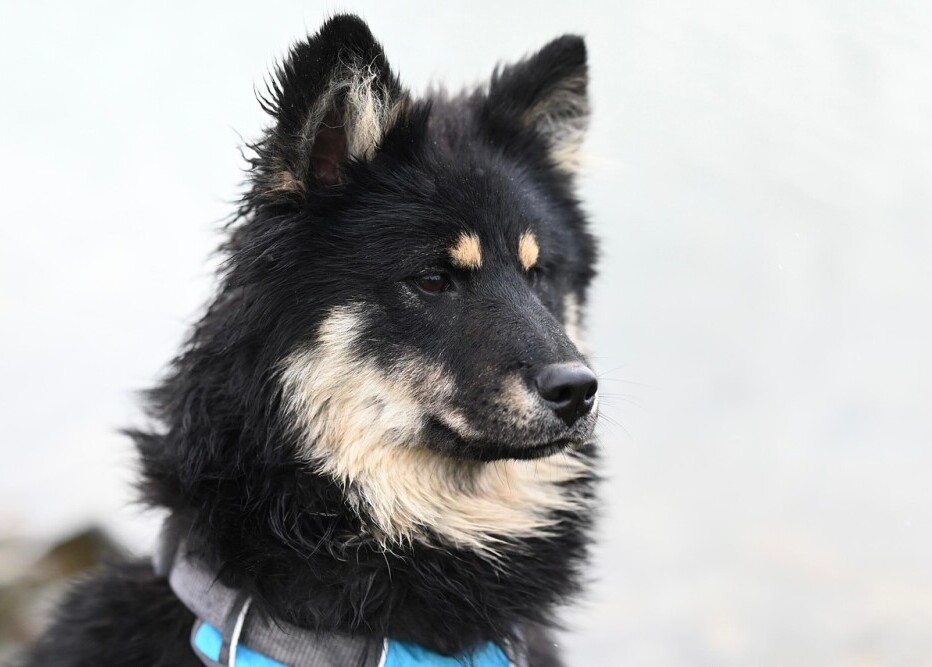
A few of the links in this post are affiliate links. If you buy something, we may earn a small commission (no extra bones from your wallet 🐾). Thanks for helping support the site and all of the dog adventures!
A dog needs structure just like we do. Establishing a routine helps a dog feel secure and happy, giving them confidence in what’s coming next. This stability is a big deal in minimizing anxiety and improving behavior.
We’re here to help give you a daily routine that your dog can stick to that will make getting through the day a breeze all while helping your dog live that good life.
Paying attention to your pup’s behavior and preferences is key. Maybe your dog loves mornings, bursting with energy, or perhaps they’re a little more laid-back and prefer lounging till they gain momentum.
Understanding these quirks makes tailoring their routine way easier. You can literally plan a routine based on your dog’s natural habits.
Every dog has basic needs that fit into a routine. Think about walks, playtime, meals, and some good old relaxation. Mixing these elements based on their age, size, and overall health makes a world of difference in their lifestyle. The key is to get all of this important stuff in a way that works for your schedule and lifestyle too.s
Activity level and age are also super important here. Puppies need frequent breaks and playtime, while older dogs might prefer more nap time and leisurely walks. Honing in on this helps create a balanced day that suits your dog best. So it’s best to start a routine when your pup is young so that it can grow into it, and you can always alter the routine as they get older and certain things aren’t as necessary anymore.
Some dogs have special needs, like dietary restrictions or health issues, which call for extra thought. Crafting a daily routine with these specifics in mind ensures they’re not just surviving but thriving. It’s all about crafting a routine that works for both of you, while taking into consideration their age, breed, and temperament.
Training fits easily into your dog’s routine when you keep sessions short. Learn more in 10 Minute Training Sessions for Busy Dog Owners.

Designing a Simple Daily Routine Tailored to Your Dog
Creating a routine that works for your dog starts with identifying key time slots throughout their day. Think about when they’re most hungry, energetic, or sleepy. Meals, play, exercise, and rest times should all factor in. This might mean an active afternoon with play and exercise or a lazy morning of snoozing and cuddles.
Remember to include bathroom breaks regularly. Dogs thrive on predictability with potty times, reducing the chance of accidents. Maybe it’s a walk in the morning, a quick break during lunch, and a calm evening stroll to wind down the day. Make sure you start taking them out at a convenient time for you, because soon they will naturally want to go out at the same times once their routine is nailed down.
Training can be an integral part, seamlessly fitting into their routine. Consistent training sessions around the same time each day reinforce learning and keep things on track. It could be as simple as practicing a few tricks or working on leash manners during walks. This lets the dog know when they can look forward to training and being more active.
Including mental stimulation is essential, too. Puzzle toys, sniff games, or just introducing some new experiences can make their day more enriching. Little moments like these help keep your dog’s mind sharp and engaged.
Flexibility matters! Life isn’t rigid, nor should your dog’s routine be. Some days might require more energy than others, so adjusting things around ensures the routine stays beneficial without becoming a chore. While it’s important to have a routine that your dog can stick to, there may also be times to switch things up.
Consistency matters, even when weather interferes. Get ideas in How to Exercise Your Dog Indoors on Rainy Days.

Step-By-Step Guide: Implementing and Adhering to Your Dog’s Routine
Positive reinforcement is your best friend when it comes to establishing a new routine. Treats, praise, and extra belly rubs go a long way in helping your dog understand what’s expected. It’s all about making each part of the routine enjoyable and rewarding.
Keep an eye on how your dog responds to the new schedule. If they’re visibly stressed or overly tired, it might be time for some tweaks. Nothing’s set in stone, so feel free to shift things around based on what you observe. Once you figure out what works for your pup, you can start to reaffirm these habits.
Getting the whole family on board is key to ensuring the routine sticks. Everyone should know the schedule so they can pitch in, whether it’s playtime or feeding duties. A united front helps your dog settle into the routine faster, making it second nature. Don’t confuse your dog by changing the routine everyday, make sure that the whole family is on board with a set routine and stick with it.
Challenges will pop up—maybe your dog resists a new feeding time or isn’t into their usual walk. When that happens, patience is paramount. Keeping calm, trying different approaches, and gradually introducing change can help ease any resistance. Make any necessary changes gradually, and your dog will adapt.
Celebrating small victories helps too. Notice a change in behavior or mood? That’s gold! Recognizing these positive outcomes reinforces the value of the routine, encouraging you to keep up the good work. This lets you know that it’s working and your dog is doing well with its new setup.
Toys can provide structured enrichment during downtime. Check them out in The Best Interactive Dog Toys to Keep Your Dog Busy.

Best Practices for Maintaining a Successful Routine Over Time
Consistency rules when it comes to routines. Sticking to a regular schedule helps your dog know exactly what to expect, making life feel stable and secure for them. Even on weekends or holidays, keeping the routine mostly the same gives your pet comfort in familiarity.
As your dog ages or their needs change, be ready to adapt. Whether it’s adjusting walk lengths for a senior dog or increasing play for a young pup, staying flexible as they grow ensures the routine remains effective and enjoyable.
Beyond just following a schedule, quality time is a crucial aspect of building a deeper bond. Snuggle sessions, spontaneous play, or new experiences together keep your relationship strong and happiest.
Learning never stops. Staying updated through books, online resources, or even advice from fellow pet owners gives new insights into maintaining and enhancing your dog’s routine. It’s about evolving together. As they age, you may have to make adjustments or drop parts of the routine that don’t serve your dog anymore.
Routine successes deserve recognition. When you’ve nailed it, your dog feels good and so do you. You know that you are providing your pup with the best routine for the best day possible. This shared achievement strengthens the connection you have, leading to a healthier, happier life together.
Bedtime is an important part of consistency. Get guidance in How to Train Your Dog to Sleep in Their Own Bed.
